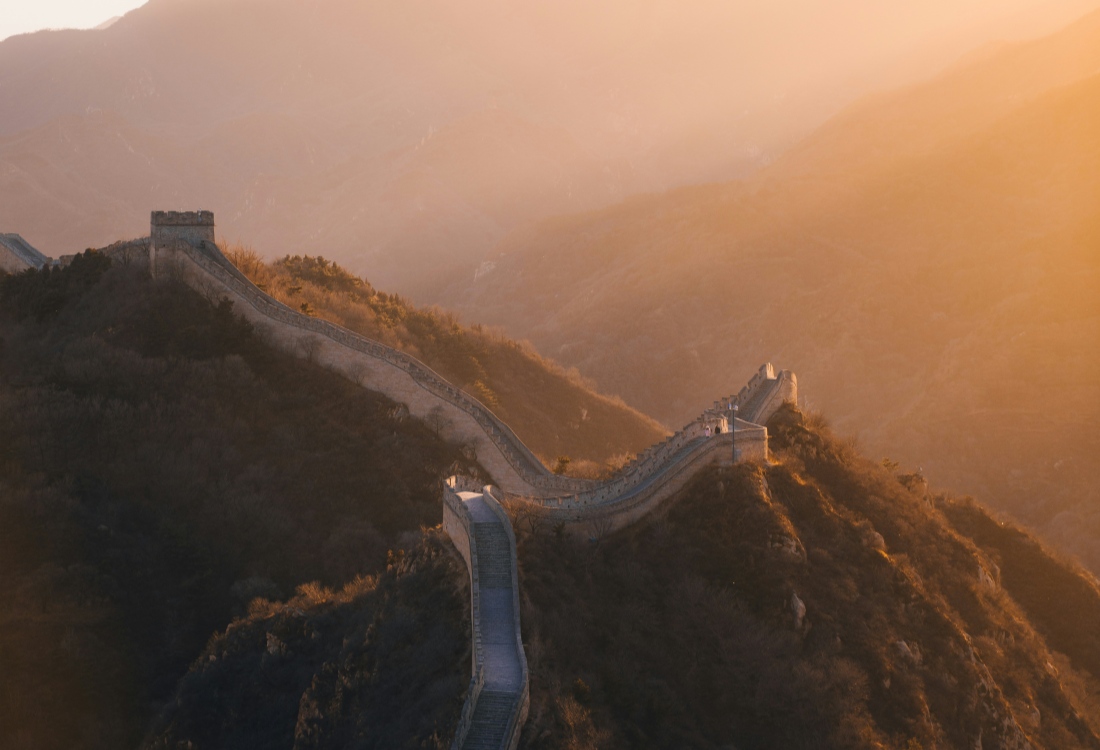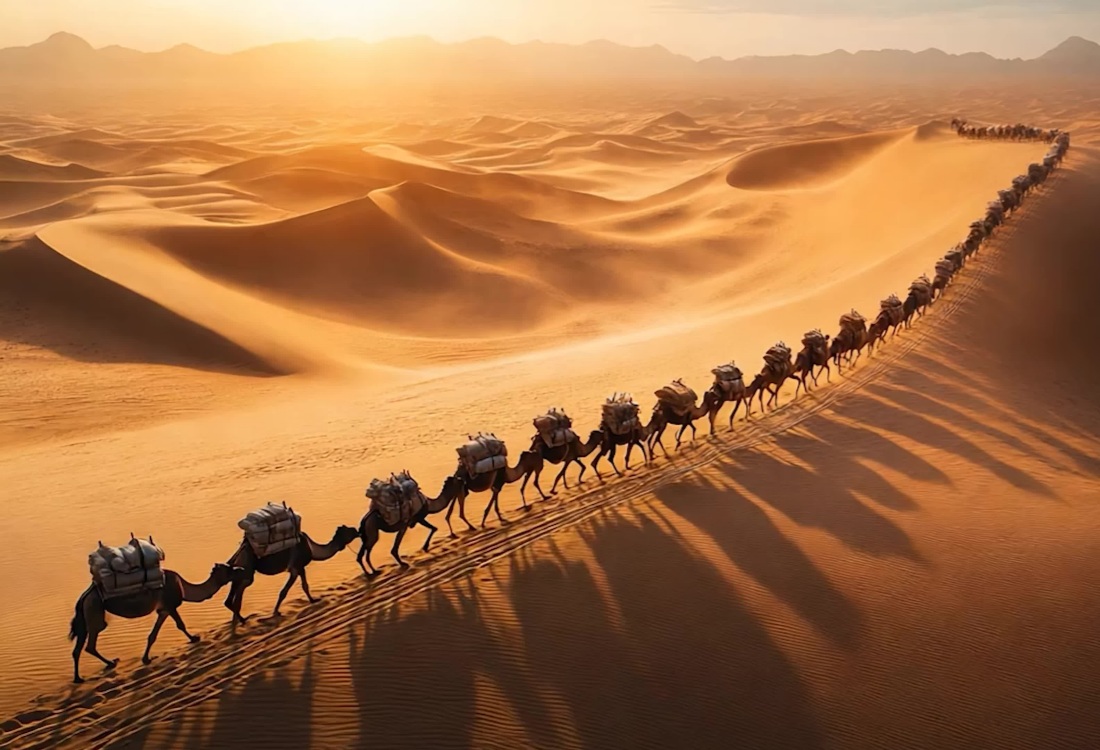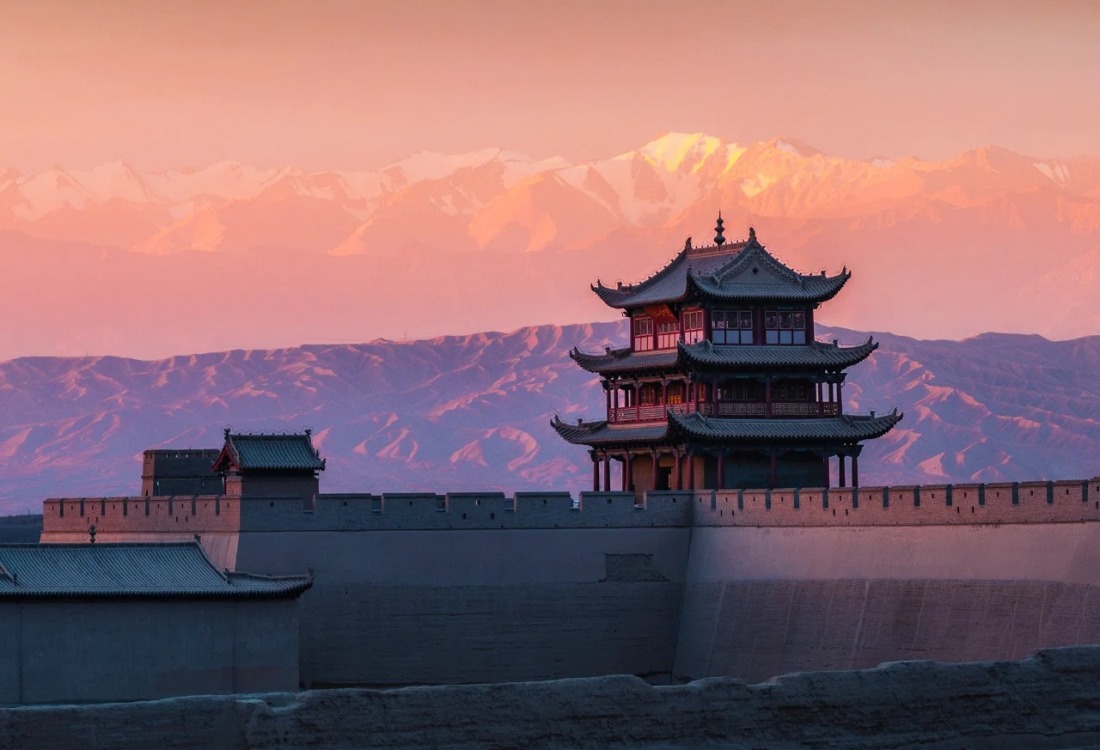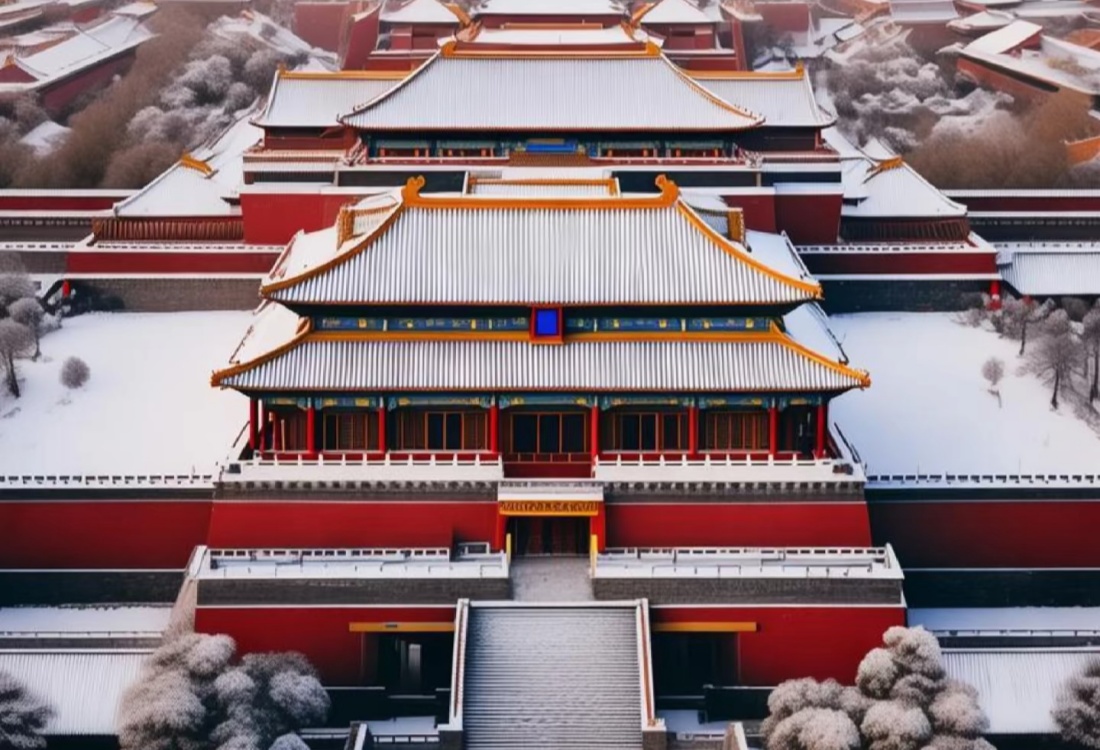Table of Contents
ToggleThe Great Wall of China is one of the most impressive and iconic structures in the world, spanning over 13,000 miles across northern China. It stretches from Shanhaiguan in Bohai Bay of Hebei Province in the east to Jiayuguan in Gansu Province in the west. While its immense scale and historical significance are widely recognized, many people may not know the fascinating stories behind its construction and the diverse groups of people responsible for building this monumental structure.
The Emperors Who Commissioned the Wall
The construction of the Great Wall wasn’t the work of a single emperor or dynasty. The wall’s construction took place over many centuries, with different dynasties building or reinforcing parts of it to protect China from various invasions.
- The origins of the Great Wall can be traced back to the Western Zhou Dynasty, when northern nomads would occasionally invade the Central Plains. In response, the Zhou Dynasty built several defensive fortresses, which laid the foundation for what would later become the Great Wall.
- Qin Shi Huang: The first emperor of the Qin Dynasty (221-206 BC), Qin Shi Huang is often credited with the earliest and most notable construction of the Great Wall. He unified China and began connecting pre-existing walls and fortifications to form the early version of the wall. This wall was primarily constructed to keep out northern nomadic tribes like the Xiongnu.
- Han Dynasty: During the Han Dynasty (206 BC – 220 AD), the Great Wall was expanded further as the empire pushed into new territories and faced new threats. Emperor Wu of Han extended the wall to protect the empire’s new Silk Road routes.
- Ming Dynasty: The most recognizable sections of the wall we see today were built during the Ming Dynasty (1368-1644). The Ming emperors faced significant threats from the Mongols and other northern tribes, leading them to fortify the wall with more advanced construction techniques, including watchtowers and brick walls.
The Laborers Who Built the Wall
The construction of the Great Wall was an enormous undertaking, requiring an immense workforce. It is believed that over the centuries, millions of people contributed to its construction, including:
- Convicts and Prisoners: Many of the laborers who worked on the wall were criminals or prisoners who were forced into labor. The imperial government often sentenced criminals to work on the wall as a form of punishment. In harsh conditions, these workers faced grueling physical labor, and many did not survive the construction process.
- Peasants: Farmers and peasants were also conscripted to work on the wall. In times of war or under strict emperors, entire villages were ordered to provide laborers for the construction of the wall. These workers were typically given minimal compensation or were forced to work under threat of punishment.
- Soldiers: In addition to laborers, soldiers played a key role in building and maintaining the wall. During times of war, soldiers not only helped defend the wall but were also responsible for building and repairing it. The military played a vital role in maintaining the wall’s effectiveness as a defense system.
The Architects and Engineers Behind the Wall
While the laborers worked tirelessly to construct the wall, architects and engineers were crucial in designing its complex structure. The wall’s design evolved over time, with different materials and techniques used depending on the region and the time period.
- Qin Dynasty: Early sections of the wall were made from rammed earth and wooden structures. The construction was relatively simple, relying on the available resources in the area.
- Ming Dynasty: By the time of the Ming Dynasty, the wall’s design became more sophisticated. Engineers used brick and stone, and the wall was reinforced with watchtowers, fortresses, and battlements to provide a more formidable defense. The Ming engineers also created a more complex system of signal fires, traps, and other defensive mechanisms.
An interesting fact of the Great Wall of China is that it consists of multiple sections, interspersed with fortifications and natural barriers like mountain ranges and rivers.
Challenges and Costs of Building the Wall
Building the Great Wall was no easy feat. The terrain was harsh, and the construction often took place in remote and difficult-to-reach areas. Workers had to battle extreme weather conditions, including the scorching heat of summer and freezing cold in the winter. The laborers faced exhaustion, malnutrition, and disease, which led to high mortality rates.
In addition, the sheer cost of building and maintaining the wall was astronomical. The emperors who commissioned its construction often placed a significant financial burden on their empires, requiring heavy taxes from the common people to fund the wall’s construction.
Myths of the Great Wall
A common myth suggests that the Great Wall of China contains the bodies of workers who tragically died during its construction. This myth paints a haunting picture of the wall being built with the remains of those who suffered and died due to the brutal working conditions. The reality is less dramatic but still tragic. While many workers did lose their lives due to the harsh conditions, it’s important to note that their remains were not incorporated into the structure. The myth likely arose because of the sheer number of fatalities and the fact that some workers were buried in mass graves near construction sites. The remains of these workers were often found near the wall’s construction areas, and over time, these discoveries may have contributed to the belief that their bodies were incorporated into the wall itself. This myth reflects the hardships endured by the workers and the wall’s symbolic representation of the immense effort and sacrifice that went into its construction. The Great Wall, while an architectural marvel, also serves as a testament to the human cost of one of history’s most ambitious and challenging building projects.
Legacy and Impact
The Great Wall of China stands as a testament to the strength and perseverance of the millions of people who built it. Although it served as a defense against invaders, it also became a symbol of China’s unity, strength, and resilience. Today, the Great Wall is a UNESCO World Heritage Site, drawing millions of visitors from around the world each year.
The laborers, soldiers, and emperors who contributed to the Great Wall’s construction played a pivotal role in shaping Chinese history. Their work and sacrifice continue to be remembered and admired as one of the greatest architectural achievements in human history.









